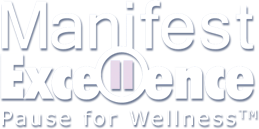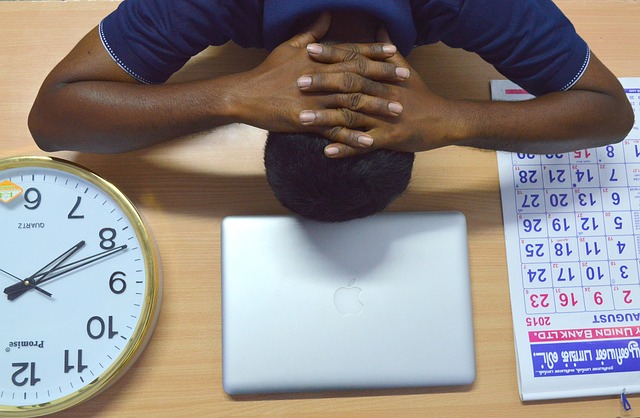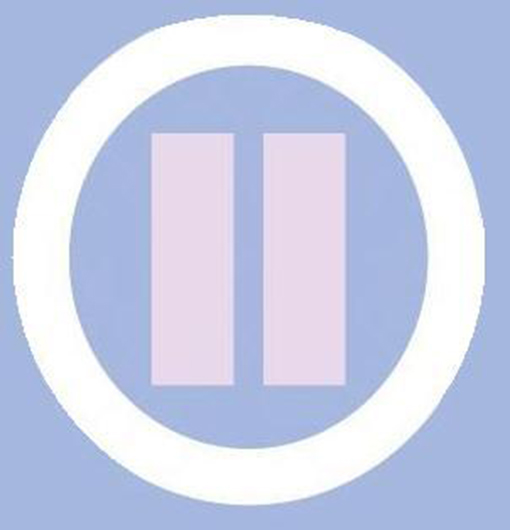If you’ve ever tried meditating and concluded, “I just can’t do it. My mind is too busy,” there’s something you should know. Meditative Zen like bliss doesn’t always come easily. Most people can learn to meditate but some find it very challenging.
Though physically easy to do, meditation techniques can present a mental and emotional challenge for beginners. People who have experienced a trauma or have an untreated addiction might find it particularly challenging to start a formal meditation. Individuals who avoid dealing with their emotions or personal issues might also have a great deal of difficulty starting.
Many forms of meditation exist. They share one common theme: the goal of focusing the mind. This sounds easy but can present challenges. Many people stay in a constant state of mental flight and don’t even recognize it. Mental busyness gives them a way to escape uncomfortable thoughts, feelings, or memories.
Meditation can help you learn to tolerate intolerable feelings. It can also, however, bring these suppressed feelings to the surface. This can create a mentally or emotionally overwhelming experience for someone who hasn’t developed good coping skills.
Overwhelm can show up as thoughts flooding your mind while you’re meditating. Other times it might lead to increased feelings of sadness, anger, or other less than blissful emotions. Don’t despair. If this has been your experience you can still become a successful meditator.
You might have to ease into it at a slower pace or with a different approach. These two techniques can help busy minded newbies ease into mental and emotional relaxation.
1) Create an informal meditation practice instead of a formal practice: Many people first attempt a formal meditation practice. They pick a quiet time, sit still, and try to meditate for fifteen or twenty minutes twice a day. This approach doesn’t work well for everyone. An informal, less structured approach might bring better results.
- Use a specific activity as a meditative practice instead of scheduling a formal quiet time. For example, when you wash the dishes, walk the dog, or drink a cup of coffee use it as a time to focus your mind on what you’re doing.
- If other thoughts come to mind during your activity notice them and then bring your attention back to your activity.
2) Practice self-soothing: Some people never developed the skills or ability to calm themselves during times of stress or upset. This can create challenges when beginning a formal meditation practice with the goal to calm and center yourself. If this sounds familiar you might find this easy, quick exercise helpful:
- Put one or both hands over your heart.
- Focus your attention on your heart.
- Say three simple, positive, affirming statements to yourself. For example, “May I be safe. May I be healthy. May I be at peace,” or “I am happy. I am loved. I am safe.”
- If possible, feel positive emotions like love or compassion while saying the statements and focusing your attention on your heart.
Notice how you handle uncomfortable feelings that arise during meditation. Pay particular attention to avoidant, numbing, or self-destructive behaviors. If at any time you feel frustrated or concerned with your ability to calm yourself, focus your mind, or deal with your emotions seek professional help.
Be well.
Author Donna L. Hamilton, MD, MS
The Ultimate Health and Wellness Guide Dr. Donna Hamilton, MD has a mission to help everyone live the healthy, satisfying lives they’re meant to lead. Dr. Hamilton passionately teaches what being healthy really means and how to do it in a way that fits your unique needs. Her easy, practical tips assist you with assessing the entire wellness landscape and appropriately planning your personal wellness journey. A dynamic holistic wellness speaker and wellness luminary, she champions a comprehensive approach to health by addressing mental, emotional, social, spiritual & physical well-being.
Dr. Hamilton-a former board certified pediatrician-now specializes in health optimization. She retired her white coat and stethoscope and now speaks nationally about holistically improving health and well-being. To book Dr. Hamilton for speaking engagements visit www.ManifestExcellence.com
- 10 Quick, Easy Holiday Self-Care Tips - December 15, 2017
- Health Benefits of Kindness and Compassion - June 3, 2017
- Why Self-Care is Good for Your Health - May 10, 2017






